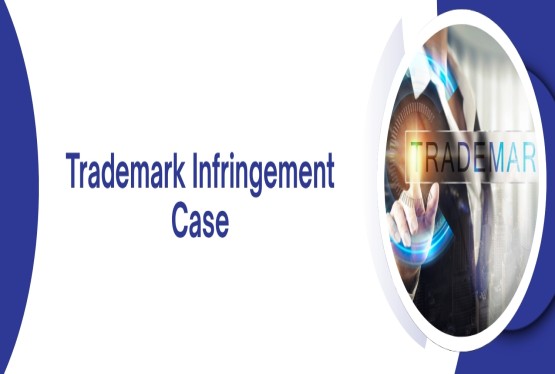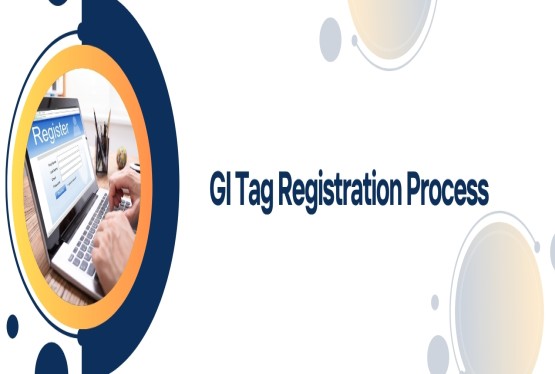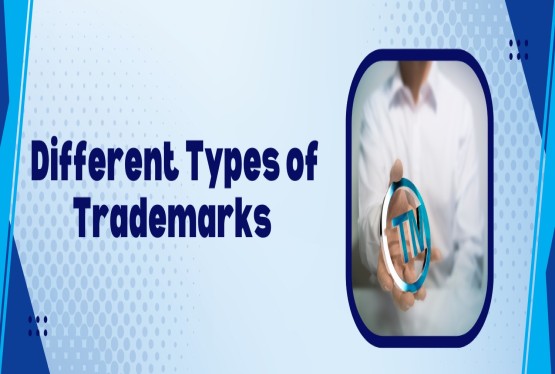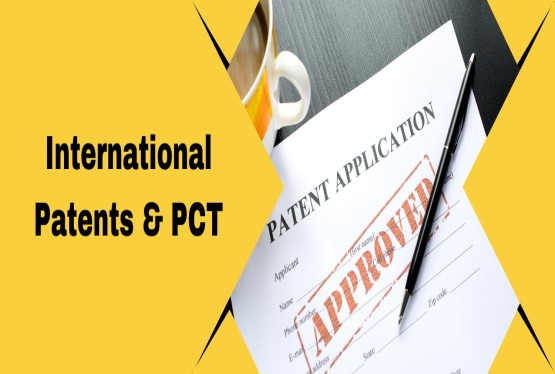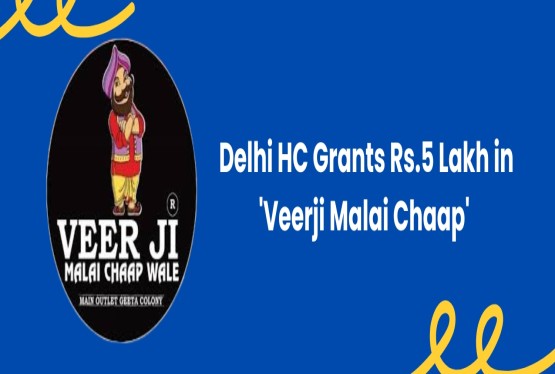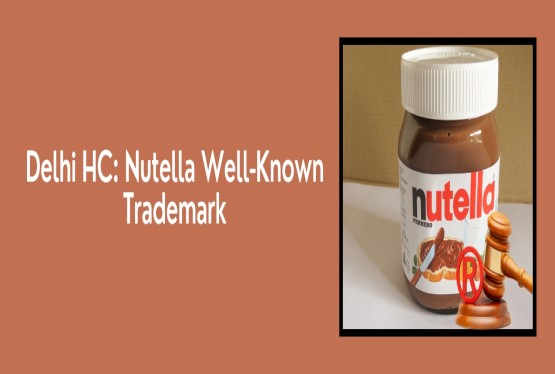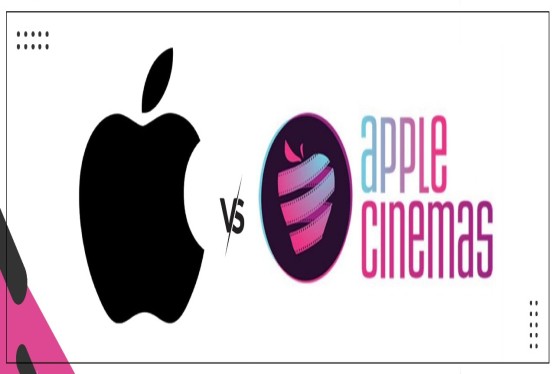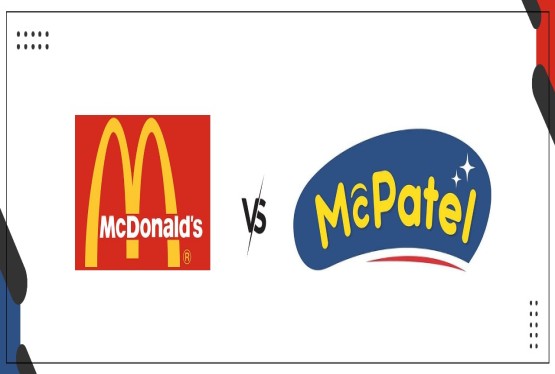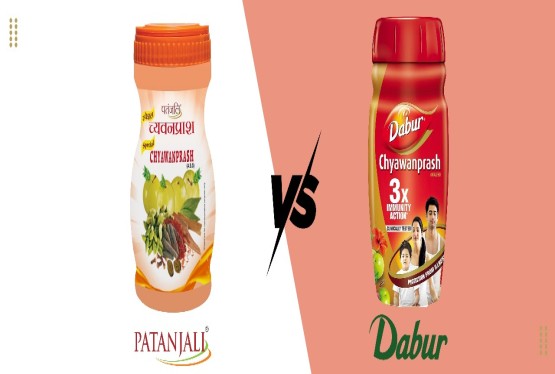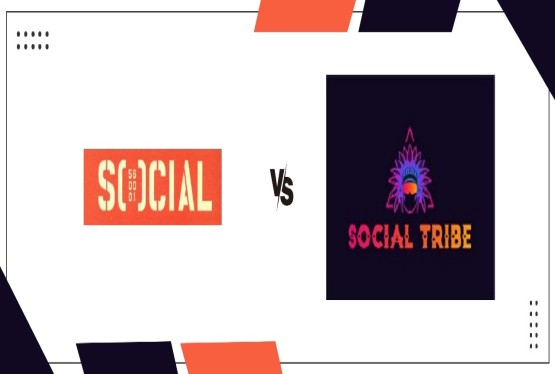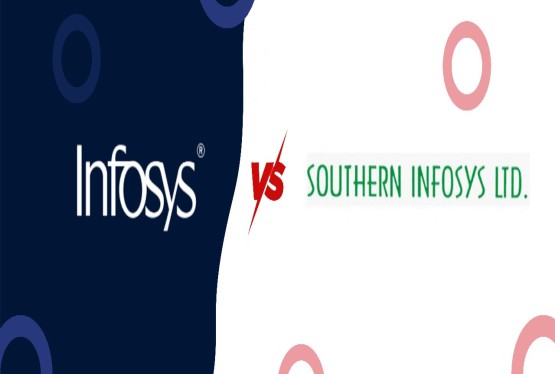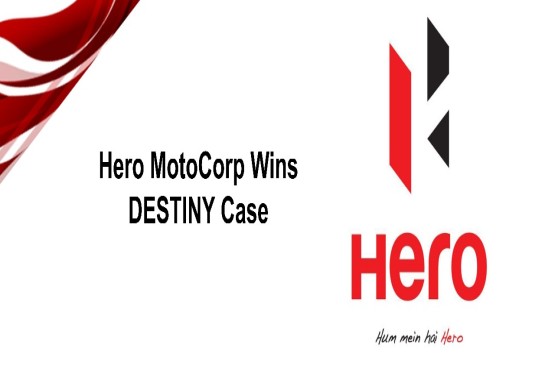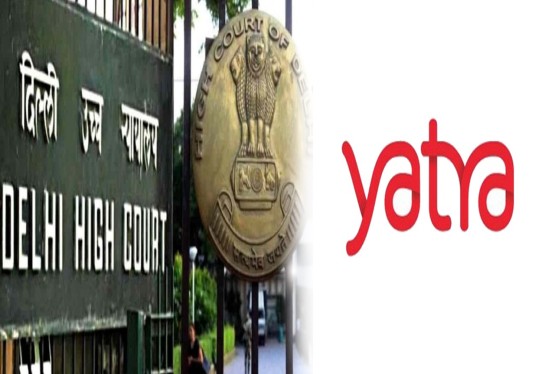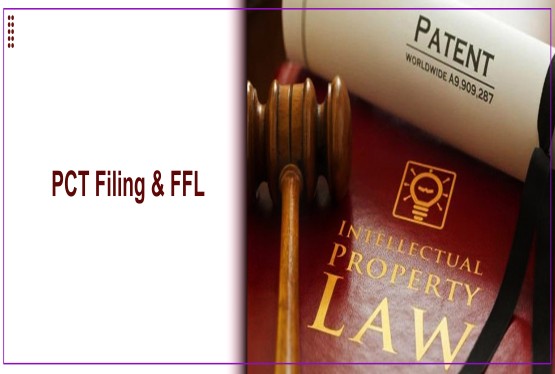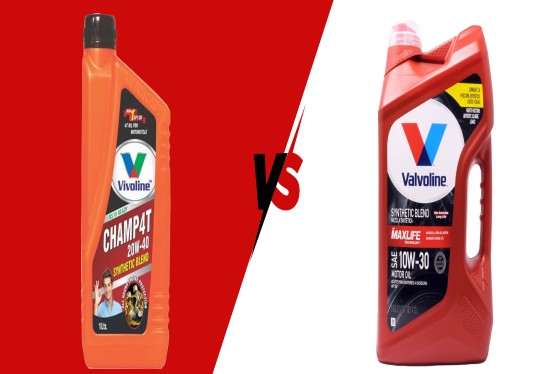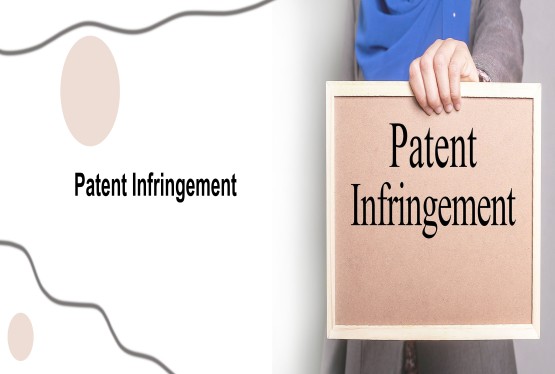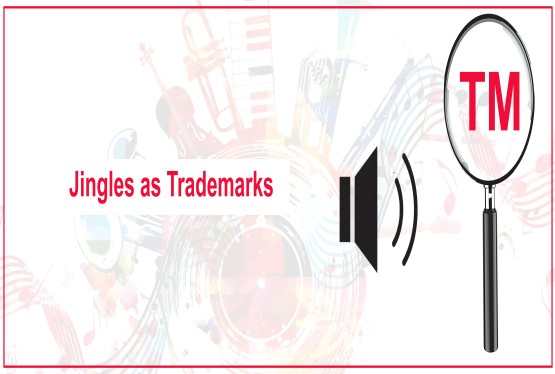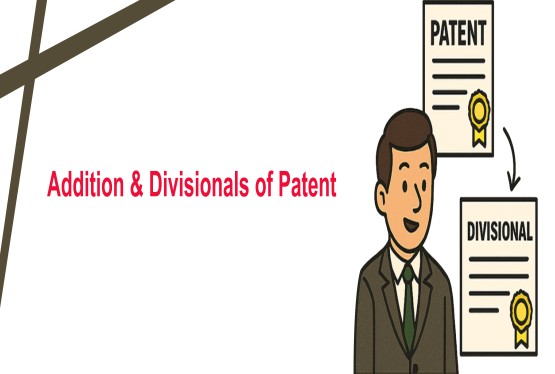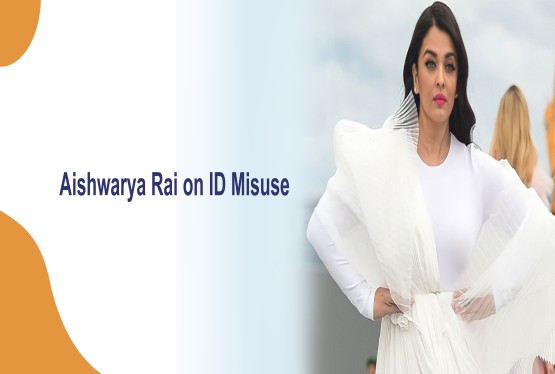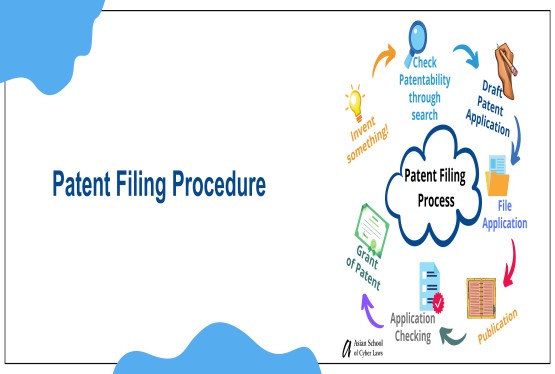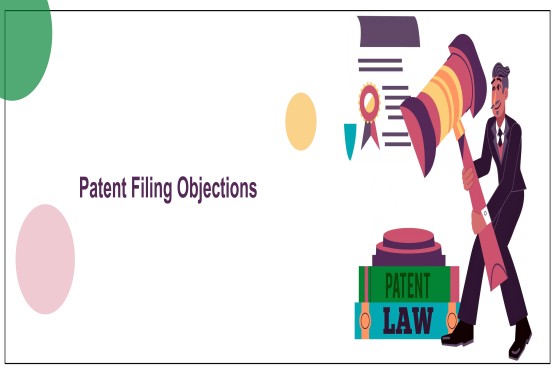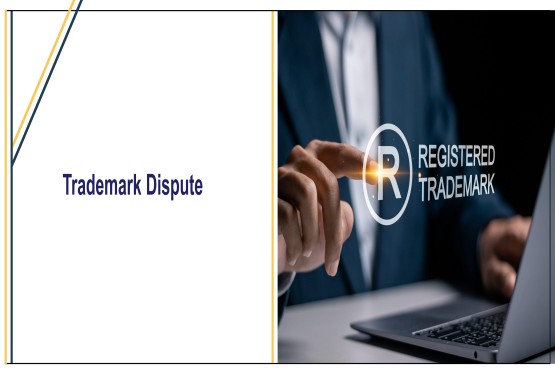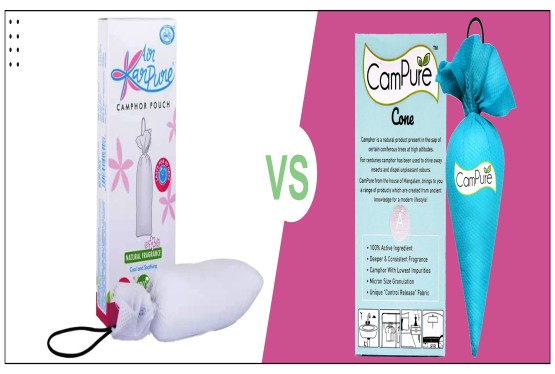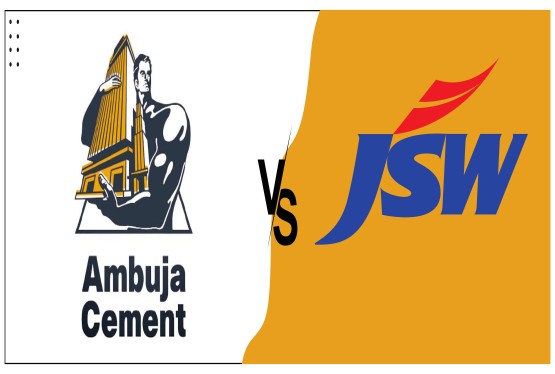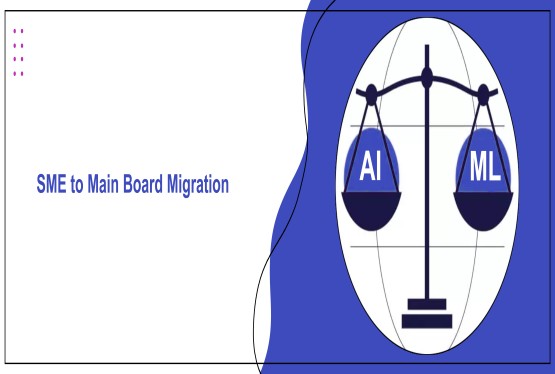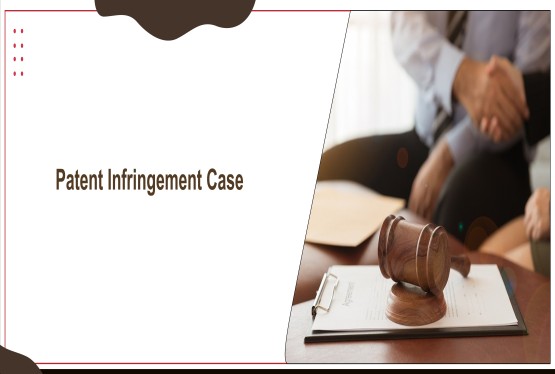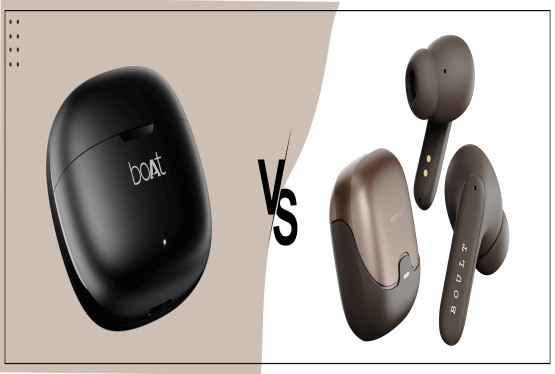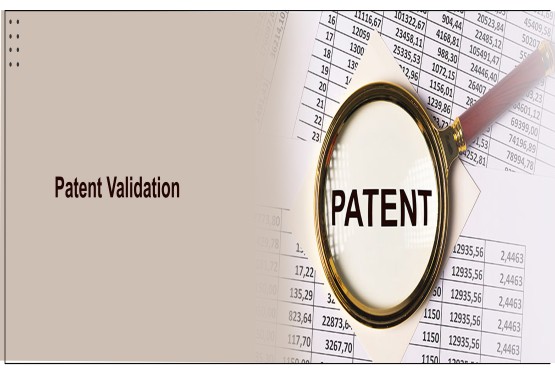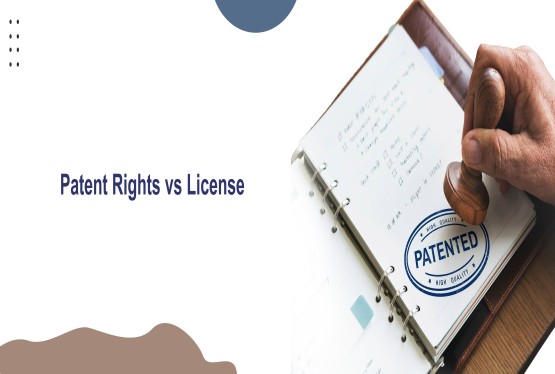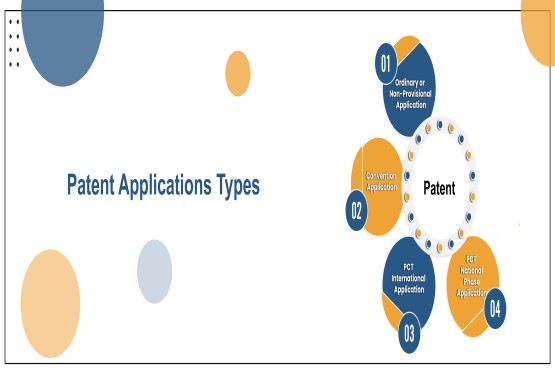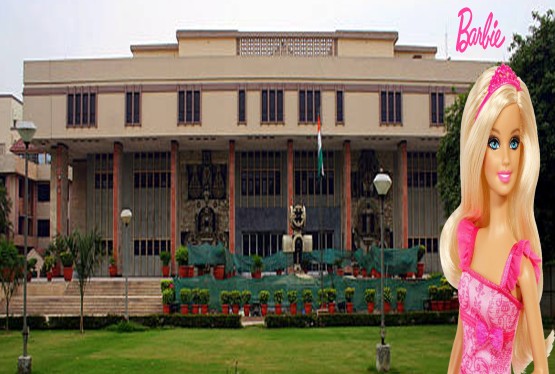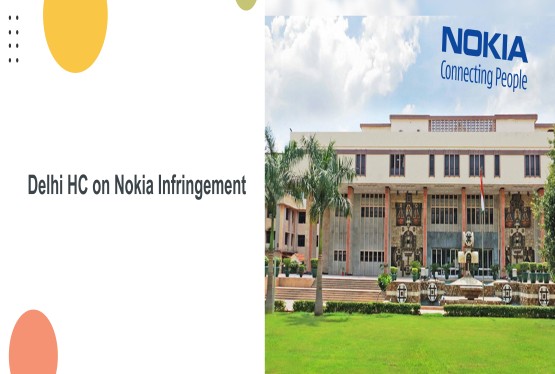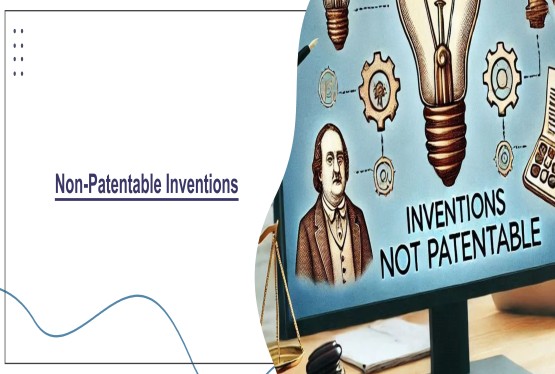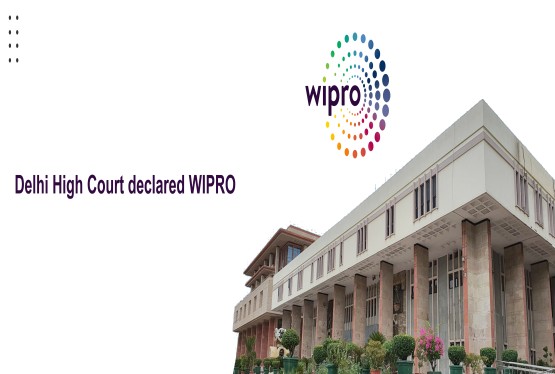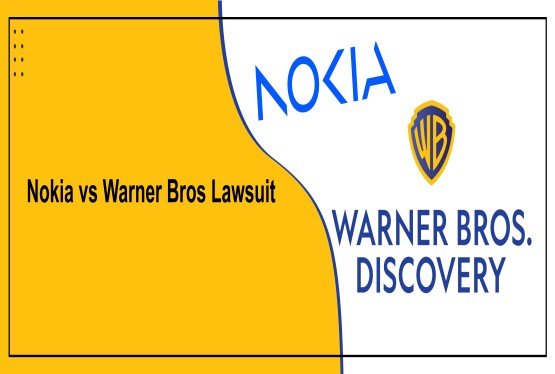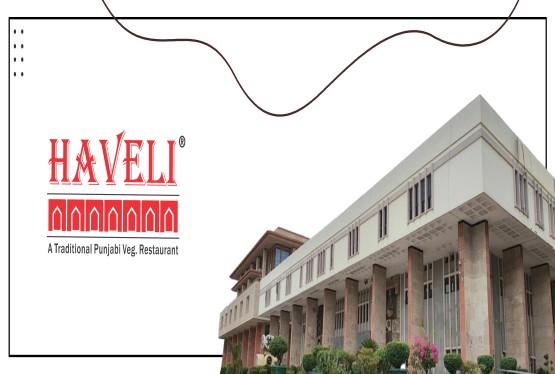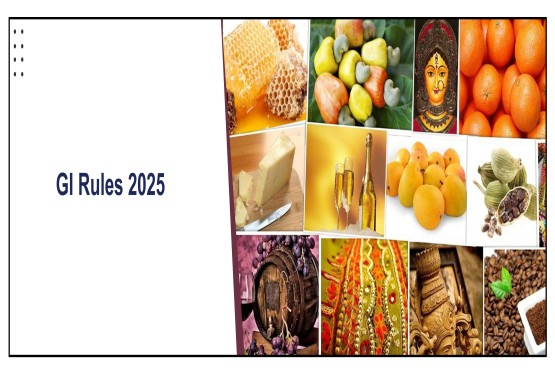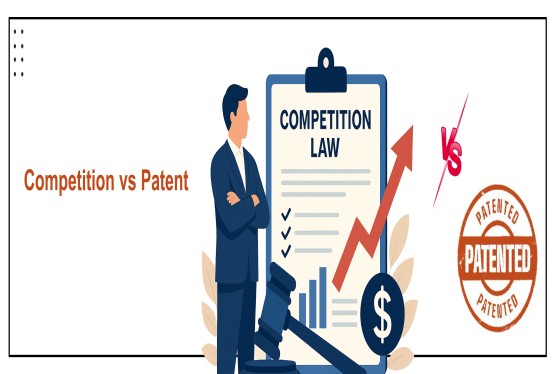In an important judgment that redefines the approach towards numeral-based marks in India, the Delhi High Court has ruled that numeric combinations can be registered as trademarks, provided they are arbitrary and capable of distinguishing the goods or services of one entity from those of others. This ruling came in the matter of Vineet Kapur v. Registrar of Trade Marks, on 25 April, 2025 where the petitioner challenged the refusal by the Trade Marks Registry to register the mark ‘2929’ (Application Nnumber 5151862) under Class 3, which encompasses goods like cosmetics, soaps, and shampoos.
Background of the Case
Vineet Kapur, the applicant, had filed for trademark registration of the mark ‘2929’. The Registry declined the application on the grounds that the mark lacked inherent distinctiveness and consisted solely of numerals and common digits not eligible for exclusive rights. Dissatisfied with the refusal, Kapur moved the High Court under Section 91 of the Trade Marks Act, 1999, asserting that the mark ‘2929’ was a coined and arbitrary numeric sequence, with no direct reference to the nature or characteristics of the products.
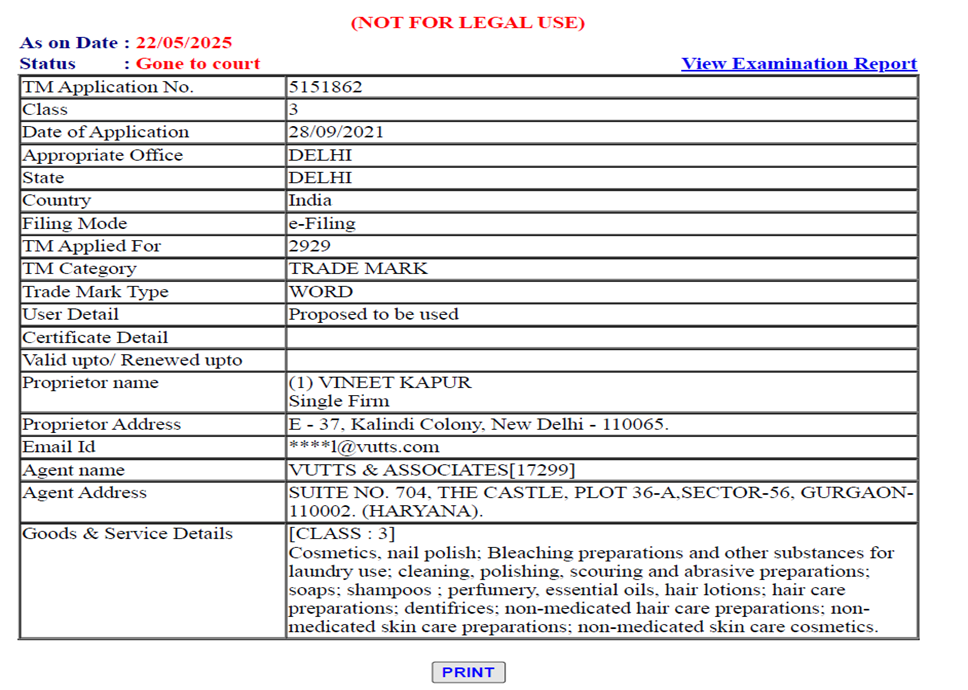
Court’s Reasoning and Findings
Justice Mini Pushkarna, presiding over the matter, observed that under Section 2(1)(m) of the Trade Marks Act, a “mark” includes numerals and combinations thereof. Therefore, a mark made up entirely of numbers cannot be outright rejected merely due to its numeric nature.
The Court observed the need to assess whether a numeric mark has the capacity to distinguish and the importance of trademark protection. In its analysis, the Court held that the numerical mark ‘2929’ was not generic or descriptive of the goods and had the potential to act as a source identifier.It was also noted that Kapur already owned other registered numeric marks such as ‘9292’, ‘1111’, and ‘1010’, all in the same class. This consistency in branding demonstrated a pattern of distinctive numeral branding, reinforcing the registrability of the mark ‘2929’.
Precedents Considered
To substantiate its findings, the Court referenced several earlier decisions where numeric trademarks had been granted protection:
-
Tata Oil Mills Co. v. Reward Soap Works – Recognised the trademark ‘501’ for soap products.
-
Glossy Color & Paints v. Mona Aggarwal – Upheld ‘1001’ as a valid numeral trademark.
-
Alphavector India v. Sach Industries – Affirmed the distinctiveness of the numeric mark ‘91’.
These rulings collectively emphasized that a numerical mark, if arbitrary and used consistently, could indeed attain distinctiveness.
International Influence
The judgment also drew upon international doctrine, citing “McCarthy on Trademarks and Unfair Competition,” a leading treatise on trademark law. It supports the proposition that numeric signs, when uniquely associated with a single source over time, can function as trademarks and merit legal protection.
Court’s Final Order
The High Court set aside the refusal order issued by the Registrar in February 2024. It instructed that the application bearing Trademark Application No. 5151862 for ‘2929’ be advertised in the Trademark Journal, allowing for any future opposition proceedings.
However, the Court was careful to limit the exclusivity, stating:
“The applicant shall not claim exclusive rights over the digits ‘2’ and ‘9’ individually.”
This clarifies that while the combination ‘2929’ enjoys trademark protection, the individual numerals remain free for public use.
Furthermore, a copy of the ruling has been directed to be forwarded to the Controller General of Patents, Designs and Trade Marks to ensure regulatory compliance and awareness.
Impact of the Judgment
This decision provides clarity for brands relying on number-based branding, particularly in sectors like cosmetics, apparel, fintech, and consumer goods, where numerical identifiers are increasingly common.
Importantly, it reaffirms that distinctiveness and not the type of character used (alphabetic or numeric) and it is a key to trademark eligibility. This opens the door for businesses to creatively adopt arbitrary numeral sequences as part of their brand identity, so long as they serve the function of distinguishing origin.
Conclusion
The Delhi High Court’s recognition of numeric marks like ‘2929’ marks a progressive shift in Indian trademark jurisprudence. It sends a clear message: numerals, when used innovatively and without descriptive relevance, can indeed become powerful brand identifiers worthy of legal protection.






























_(b)_of_the_Trademark_Act,_1999_(1)_crop10_thumb.jpg)



_crop10_thumb.jpg)




























_crop10_thumb.jpg)
_crop10_thumb.jpg)






_crop10_thumb.jpg)








_crop10_thumb.jpg)



_crop10_thumb.jpg)





























_crop10_thumb.jpg)

















_crop10_thumb.jpg)






_crop10_thumb.jpg)












































































































































_crop10_thumb.jpg)




































_crop10_thumb.jpg)












_crop10_thumb.jpg)













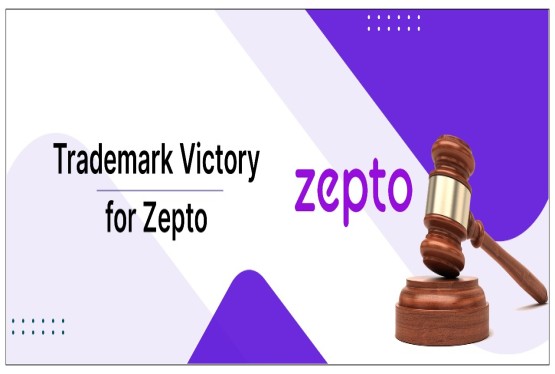




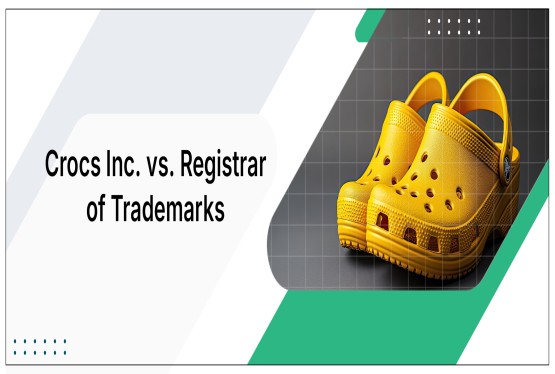















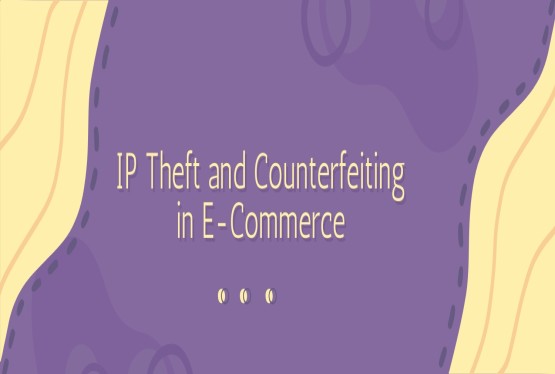











_crop10_thumb.jpg)






